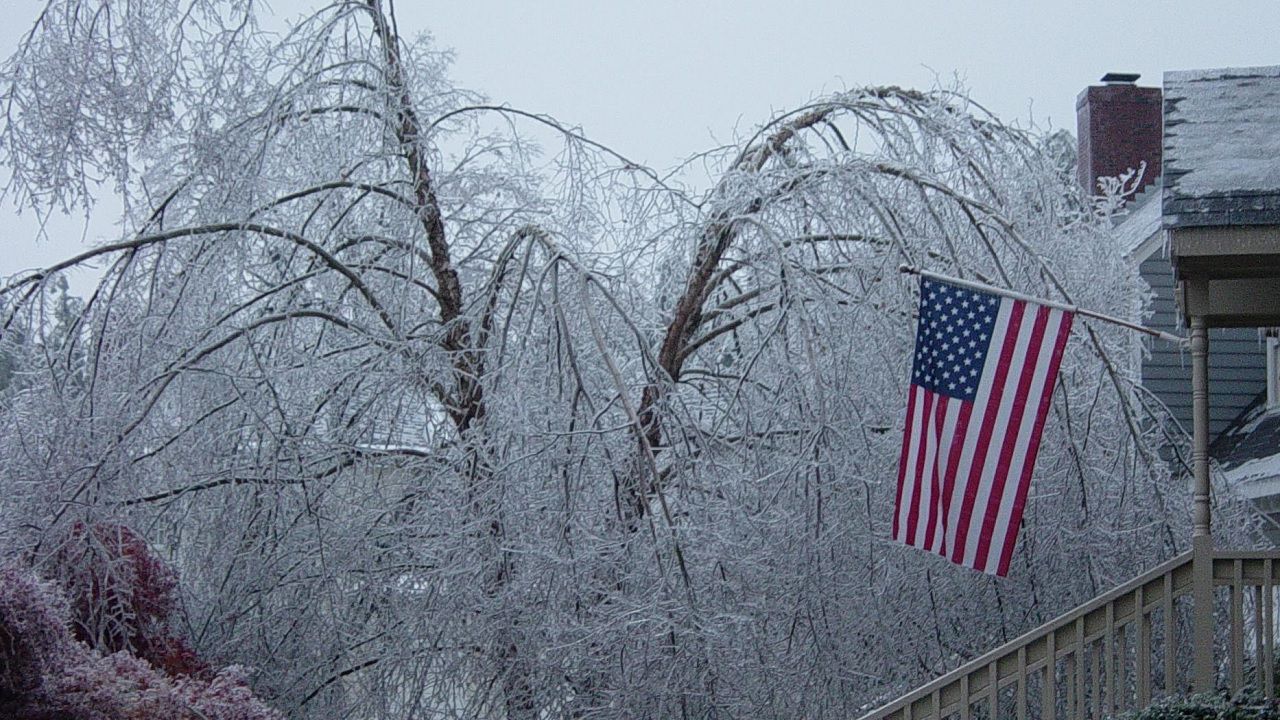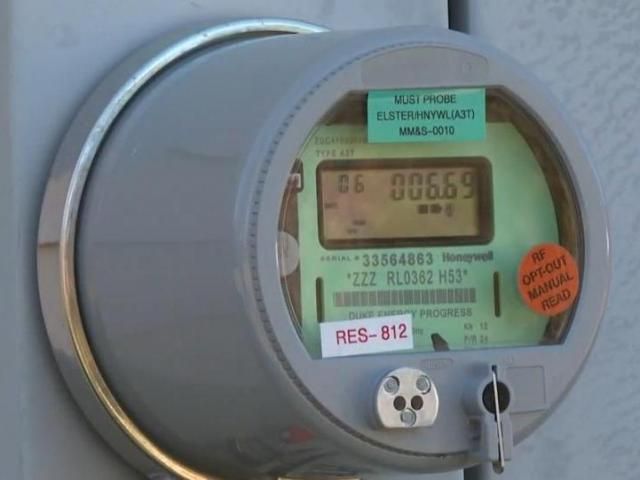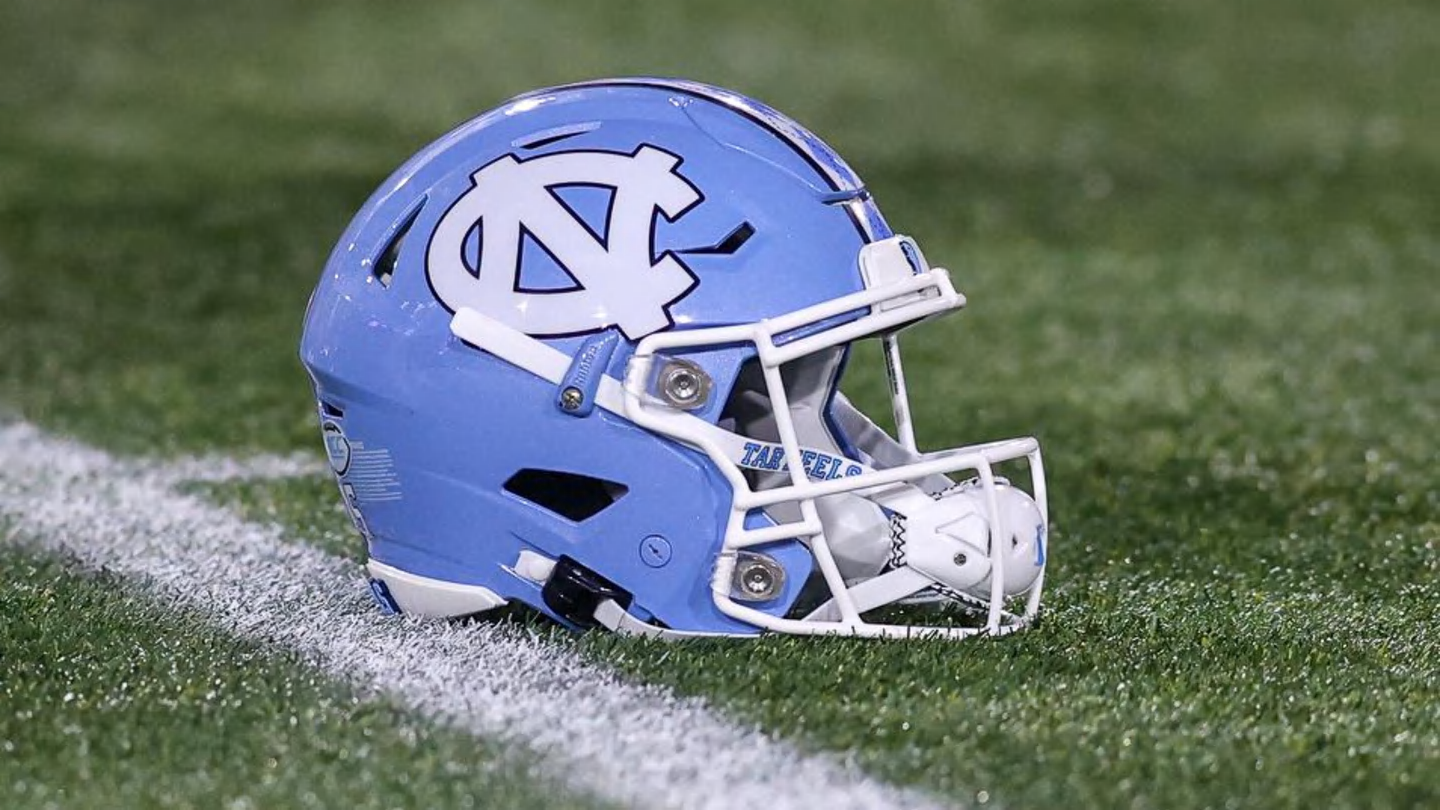North Carolina
A crippling ice storm struck North Carolina 21 years ago

If you lived in the North Carolina Piedmont, including areas around Raleigh, Greensboro and Charlotte 21 years ago, there is a very good chance you were sitting in the dark.
An ice storm that lasted from Dec. 4-5, 2002 crippled much of the region with up to an inch of ice accumulation.
An inch of ice may not sound like a lot, but keep in mind ice does not accumulate as much as snow does. Downed trees and power lines often begin to occur with just around a quarter-inch of ice.
In a look back at the Dec. 2002 ice storm, the State Climate Office called it “an ice storm for the ages.”
Over half of Duke Energy’s customers in North and South Carolina lost power. There were more outages in both states than during Hurricane Hugo in 1989.
It took up to 10 days for crews to restore power across the central Carolinas.
According to the report from the State Climate Office, a fire caused by a space heater killed a nine-year-old boy after the storm. Another 200 people were hospitalized by carbon monoxide poisoning from poor ventilation of alternative heat sources like kerosene and gas-powered heaters.
The North Carolina Insurance News Service estimated property damage from the ice storm at $113 million.
Our team of meteorologists dives deep into the science of weather and breaks down timely weather data and information. To view more weather and climate stories, check out our weather blogs section.

North Carolina
North Carolina braces for hot week with power grid ready

As heatwaves grip North Carolina, power companies are prepared for the strain on the system.
Substations distribute electricity throughout neighborhoods, and Duke Energy crews work hard to prevent outages through maintenance and monitoring.
High temperatures above 90 degrees are expected all week.
“Try to stay hydrated and out of the sun as much as possible,” Lori Hatlen, Lives in Raleigh, said.
Raleigh residents Lori and Roger Hatlen are taking precautions, keeping their thermostat set at a cool 74 degrees.
“We usually have ours set on 74 -I’m usually pretty cool,” Lori Hatlen, Lives in Raleigh, said.
This increased air conditioner use can stress power grids, but Duke Energy assures residents they have measures.
“We’re not anticipating any problems meeting customer demand,” Jeff Brooks of Duke Energy said.
At new energy control centers, they utilize “demand response technology” and “self-healing” technology to automatically reroute power in case of outages.
“This the time of year we tend to use our demand response technology more. so ac control things like that could happen during this time period. been using already,” Jeff Brooks, Duke Energy said.
The Hatlens, living in a new energy-efficient home, hope their bills won’t spike too much during this hot week.
“We haven’t had any outrageous bills it’s a new build and hopefully it’ll be reasonably efficient,” Roger Hatlen said.
North Carolina
'Smoking-Gun' Data on North Carolina ACT Scores — Minding The Campus

Editor’s Note: The following is an excerpt from an article originally published by The James G. Martin Center for Academic Renewal on June 6, 2024. It is crossposted here with permission.
Earlier this year, the UNC Board of Governors approved a new system-wide admissions policy requiring standardized tests only for students whose high school GPAs are less than 2.8. This comes after years of testing waivers that began in 2020 as a response to the COVID-19 pandemic and the limited availability of tests.
The new policy provides an important additional metric for many schools in the UNC System. But it is meaningless at the two most competitive public institutions. I wrote at the time:
[T]he new policy would make the System’s most competitive schools—UNC-Chapel Hill and [NC State]—effectively test optional. This would make it harder for admissions officers to make distinctions between the thousands of students whose GPAs qualify them for admission. At UNC-Chapel Hill, for example, 95 percent of freshmen admitted in fall 2022 had a GPA of 4.0 or higher. None had a GPA of less than 2.99. Admissions officers would be forced to rely on more subjective and less reliable admission criteria such as personal essays and letters of recommendation.
New data confirm that the policy is indeed inadequate.
During the pandemic-era test-optional period, many students who attended public high schools in North Carolina still took the ACT during their junior years, as required by North Carolina law. This set up an interesting natural experiment since the North Carolina Department of Public Instruction collected these ACT scores from high schools and shared them with the UNC System. Therefore, we know the ACT scores of all public university students who applied to UNC-Chapel Hill and NC State during the test-waiver period, regardless of whether they submitted those scores for use in the admissions process.
Photo by lexiconimages — Adobe Stock — Asset ID#: 308563662
North Carolina
North Carolina’s Collective Negotiated Slick NIL Deal For Incoming Lineman

As Name, Image, and Likeness continues to be a larger staple of collegiate athletics, there have been collectives created in coordinance with the schools to deal with funding and NIL aspects.
In the future, it’s unknown how big of a role these groups will play as some oversight could finally be determined about how NIL will operate going forward, but as it stands right now, collectives play a massive part for all programs across the country.
North Carolina is no different.
As a national brand on the basketball court and a competitor in the ACC during football season, their collective called Heels4Life has been busy working on NIL deals for their athletes or prospective student-athletes.
In a roundup of deals that took place this past week, Jeremey Crabtree of On3 reported incoming North Carolina freshman Peter Pesansky has signed an NIL deal with NC Carpet Binding in an agreement that was orchestrated by the Heels4Life collective.
According to the report, the defensive lineman will promote the products on his social media accounts and on video and podcast appearances.
NC Carpet Binding is the world’s largest manufacturer of carpet binding equipment.
Pesansky is coming in rated as a three-star by On3’s Industry Ranking, listed as the 71st-best player at his position. He committed to North Carolina on April 24 in a battle that saw them beat out Wake Forest and Duke among others.
The monetary figure of this deal was not revealed, but it does offer something interesting when discussing recruiting.
Pesansky is an incoming freshman and has not played a down for the Tar Heels in his career, yet the collective negotiated an NIL deal for him. Whether that was a factor in his decision making to attend North Carolina is not known, but these types of deals have become more and more of a norm across the country.
With NIL continuing to expand, there is going to be more opportunities for every player to make money, not just the coveted recruits and high-profile athletes.
-

 Movie Reviews1 week ago
Movie Reviews1 week ago‘Darkest Miriam’ Review: Britt Lower in a Marvel of a Drama About a Young Librarian’s Loves and Fears
-

 Politics1 week ago
Politics1 week agoNewson, Dem leaders try to negotiate Prop 47 reform off California ballots, as GOP wants to let voters decide
-

 Politics1 week ago
Politics1 week agoGun group vows to 'defend' Trump's concealed carry license after conviction
-

 World1 week ago
World1 week ago‘Bloody policies’: Bodies of 11 refugees and migrants recovered off Libya
-

 Politics1 week ago
Politics1 week agoShould Trump have confidence in his lawyers? Legal experts weigh in
-

 Politics7 days ago
Politics7 days agoGOP releases Jan. 6 clip of Pelosi saying 'I take responsibility' as she discussed National Guard absence
-

 World1 week ago
World1 week agoOrban party loses major support in Hungary's EU election
-

 News1 week ago
News1 week agoTrump to escalate blame on trial judge Juan Merchan if sentenced to prison



















